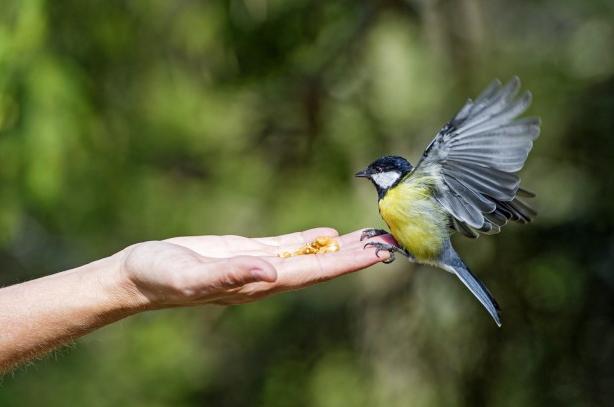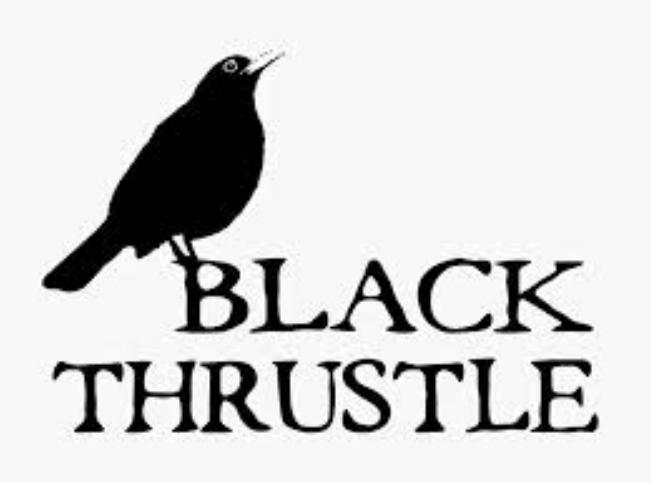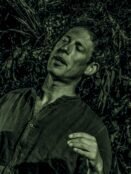[dropcap style=”font-size:100px; color:#992211;”]S[/dropcap]omewhat late in the game, I (@AndyLetcher) and Telling the Bees (@TellingBees) have joined Twitter.
You are cordially invited to follow us.
Why so long? Aside from an innate mistrust of new technology that borders on luddism (I play the bagpipes after all, a piece of technology honed in antiquity) I wasn’t sure I wanted to enter a world that prides itself on its inconsequentiality. The developers of the site seized playfully upon the old meaning of twitter – ‘to talk in a quick and informal way about unimportant things’ –  and so set up a domain that, from the off, was all about knowing irony – the permanent arch of the eyebrow.
and so set up a domain that, from the off, was all about knowing irony – the permanent arch of the eyebrow.
I have been persuaded, however, that while this may indeed be the case for the celebrity feeds and other candyfloss you find there, Twitter is actually an invaluable tool for the hardworking folk musician. Indeed, some say that tweeting is actually something of a modern day bardic artform, not unlike the blog form (which I have embraced wholeheartedly).
Coincidentally, at the same time as I’ve joined the twittersphere, I’ve been spending a lot of time listening to and recording birdsong, the study of which rather belies the origins of ‘twitter’ as a derogatory term.
Take a listen to this blackbird, singing merrily at dawn, just the other day, from a magnolia tree in the next door garden.
Now take a listen to the same song slowed down by 60% and dropped in pitch by an octave. It sounds more like something the BBC Radiophonic Workshop might have produced in the 1980s than a garden bird.
Nothing inconsequential here. Indeed, I think the members of the thrush family could easily serve as totems for the modern day bard, for each has much to teach us.
From the wren we learn the importance of technique, for how else could a bird so small produce a song that loud and clear if not through technique? If only my singing were so effortless.
Next, the song thrush. At his prime, a male improvises through something in the region of 140-220 different song types, learned through his lifetime, and so he teaches us the importance of repertoire and of the power of improvisation within a form.
But for sheer enchantment, for the ability to hold the listener transfixed or to send them into some dreamy torpor, it has to be the blackbird every time, which is why I chose him for our record label, Black Thrustle.
Of course, the nightingale possesses all three qualities and so represents the mastery to which all bards aspire and for which a lifetime’s dedication is required. Sadly, you’d be hard-pressed to hear one these days.
There is one final member of the thrush family I should mention, the Mistle Thrush. With his speckled breast he’s the most beautiful of them all and I’ve spent happy hours watching him strut his stuff in the undergrowth. But his song remains dismal, one of the few I actively can’t bear. Hours upon end of dribbling tunelessness.
The Mistle Thrush reminds us not to be beguiled by outward display but to see through to what, if anything, lies beneath.
For in all spheres of life, not all that twitters is gold.
Bluetit image by Tambako the Jaguar
A writer and a folk musician, Andy is the author of ‘Shroom: A Cultural History of the Magic Mushroom’ and has published a range of articles and academic papers on subjects as diverse as psychedelics, paganism, bardism, environmental protest, fairies, shamanism and evolution. A modern day troubadour, he plays mandolin, writes songs, and fronts darkly crafted folk band, Telling the Bees. A leading exponent of the English Bagpipes, he plays for brythonic dancing in a trio called Wod.



















